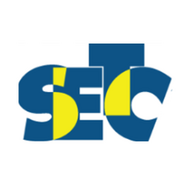Accessible Content for All: Building Equity & Engagement with Tech Tools
(View Complete Item Description)Think about the diverse learners in your classroom. How do we engage ALL learners in the curriculum content? In the Accessible Content for All modules, you will learn about Accessible Educational Material (AEM) and tech tools that are hidden in plain sight in your schools. You will hear teacher accounts of using tools like read-aloud, closed captioning, and translation to increase student engagement. These modules are self-paced and cover ways to create accessibility within Google, Microsoft, and IOS. Peruse the modules and explore the topics you want to learn more about. Create your own learning journey toward building accessibility, equity, and engagement in your classroom.
Material Type: Module








